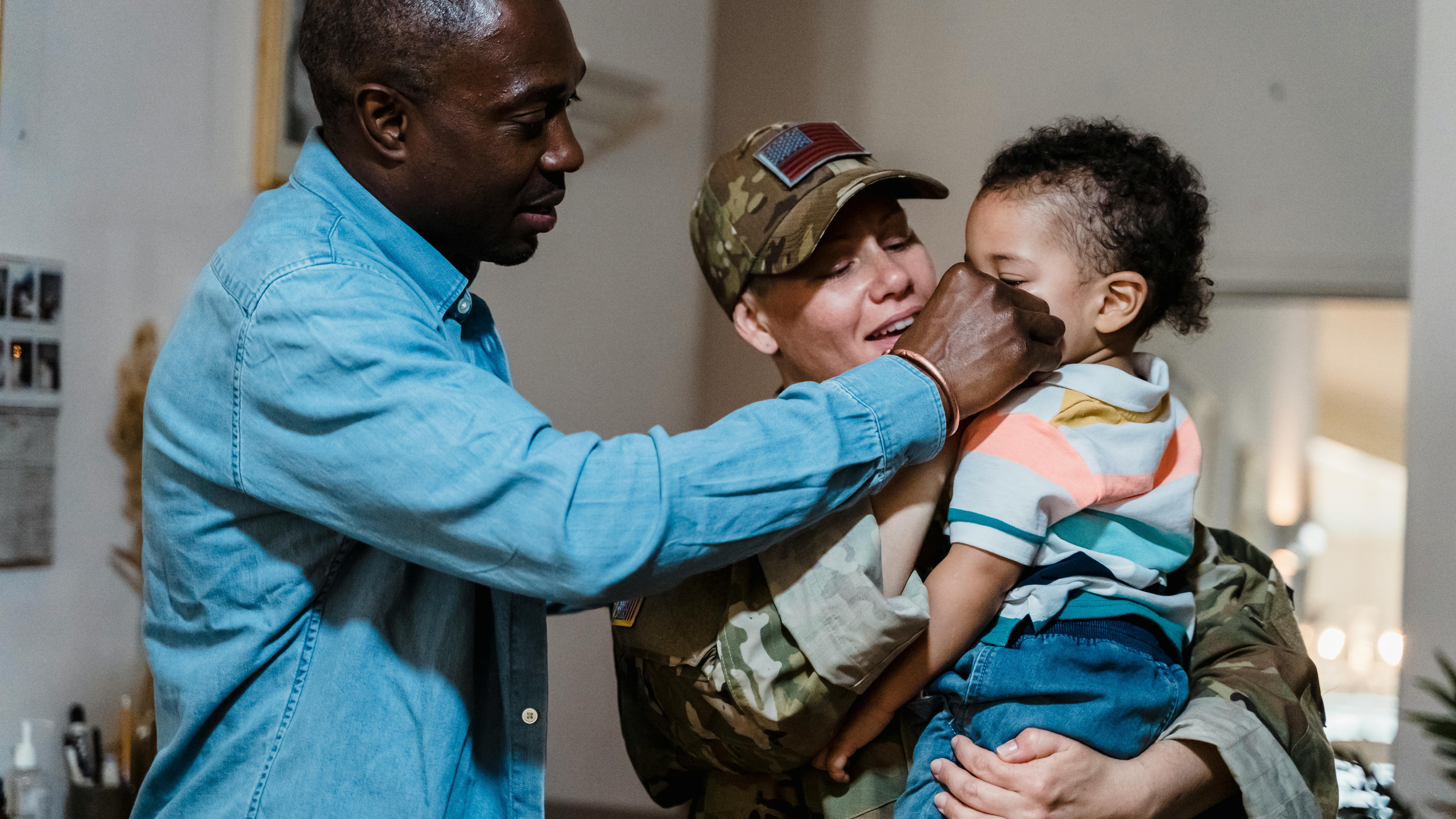
From Combat to Civility: A Unique Journey
As veterans transition into civilian life, the journey can be filled with challenges yet also presents opportunities for reflection and growth. Captain Joe Byerly's thoughtful account of settling into 'a halfway interesting life' encapsulates the feelings many service members experience post-service. With decades spent in high-pressure military environments, transitioning out can feel both daunting and profoundly mundane. This resonates deeply within the military community, where engagement once came from adrenaline-pumping missions, only to be replaced with the often repetitive rhythms of civilian life.
The Emotional Landscape of Transitioning
Transitioning from military to civilian life is not just about finding a new career; it’s about discovering a new identity. Byerly recounts the emotional hurdles he faces as he adjusts to life outside uniform, often feeling the weight of boredom and routine. However, this introspection leads him to value the quieter moments in life—reading, writing, and rekindling relationships. The true challenge is reframing how we view our experiences. Service members, accustomed to lives of valor and camaraderie, find meaning in the nuances of everyday life—the laughter of children, reconnecting with friends, and supporting fellow veterans navigating their own transitions.
Leadership Experiments Beyond the Battlefield
The skills honed in military service—leadership, resilience, critical thinking—are invaluable assets in any civilian context. Byerly's journey reflects the transition from leading soldiers on the battlefield to mentoring peers in civilian realms, underscoring the importance of these skills. As service members step into new roles, they can leverage their military leadership training to influence and guide in business and community settings. Additionally, with over 200,000 service members exiting military service each year, the merging of military valor with civilian careers presents unique opportunities for innovative leadership.
Engaging in Local Communities: A Vital Strategy
As service members reintegrate, the importance of maintaining connections cannot be overstated. Joining local veteran organizations can bridge the gap between military camaraderie and civilian friendships. Byerly's experiences are a call to arms for veterans: to seek community support networks and maintain old friendships that can provide a sense of belonging. This parallels findings from the USAA transition guides, which emphasize the need for human connections during this pivotal time.
Preparing for a Meaningful Next Chapter
Transitioning to a new life isn’t merely an end; it is a beginning. Veterans have unique stories of bravery and sacrifice, and those narratives do not need to end upon leaving uniform. The journey can include pursuing further education, personal growth, and community engagement. Programs such as the Transition Assistance Program (TAP) provide tools for financial management, job search strategies, and education benefits for veterans and their families. Understanding these resources can turn potentially overwhelming transitions into manageable and fulfilling adventures.
Finding Purpose in Everyday Life
Byerly uses his story as a reminder that everyday interactions and responsibilities can be filled with purpose. Reflecting on his journey, he identifies that living a 'halfway interesting life' includes moments of connection that might otherwise be overlooked. Thus, rather than resigning to a mundane existence, he illustrates embracing the chance to nurture relationships and invest in personal well-being. Whether it’s through parenting, community involvement, or professional development, there’s valor in moving forward with intention and significance.
Only through understanding the complexities of this transition can today’s veterans redefine what it means to lead lives rich not just in personal accomplishments, but also in connections and support for others. Those in the military community are encouraged to remember that valor is not solely defined by moments of action; sometimes, it is found in the quiet yet profound adjustments made during an off-duty life.
The journey doesn’t end; it evolves into new patterns, shaped by past experiences, present efforts, and future aspirations that honor the commitment of a lifetime.
 Add Row
Add Row  Add
Add 




Write A Comment